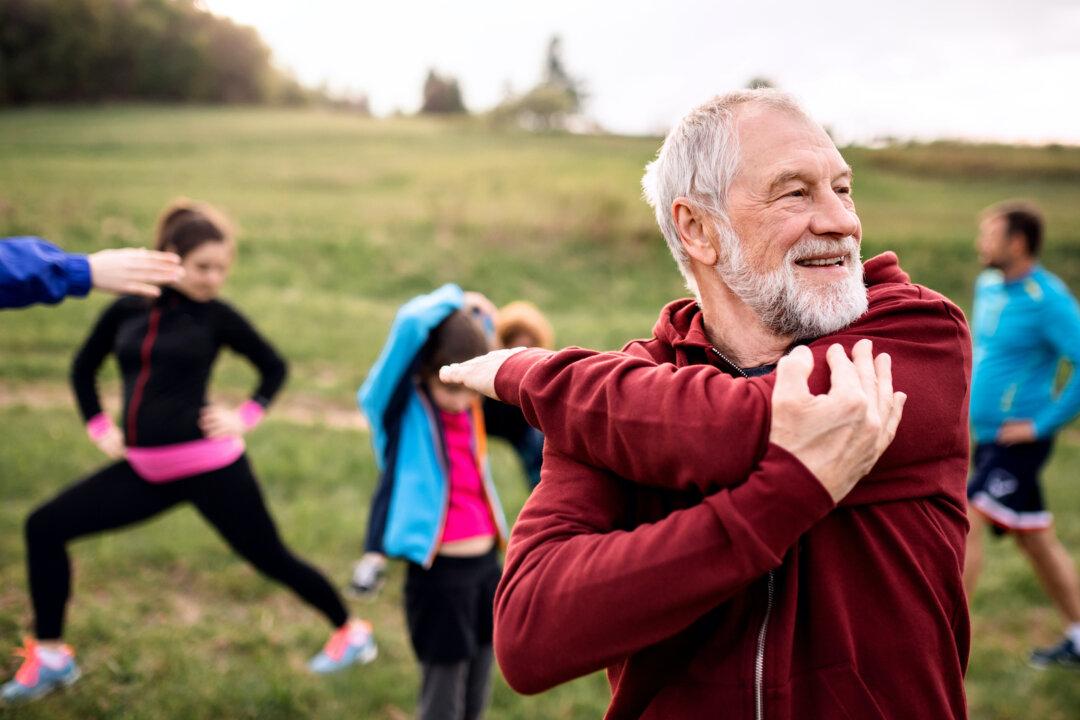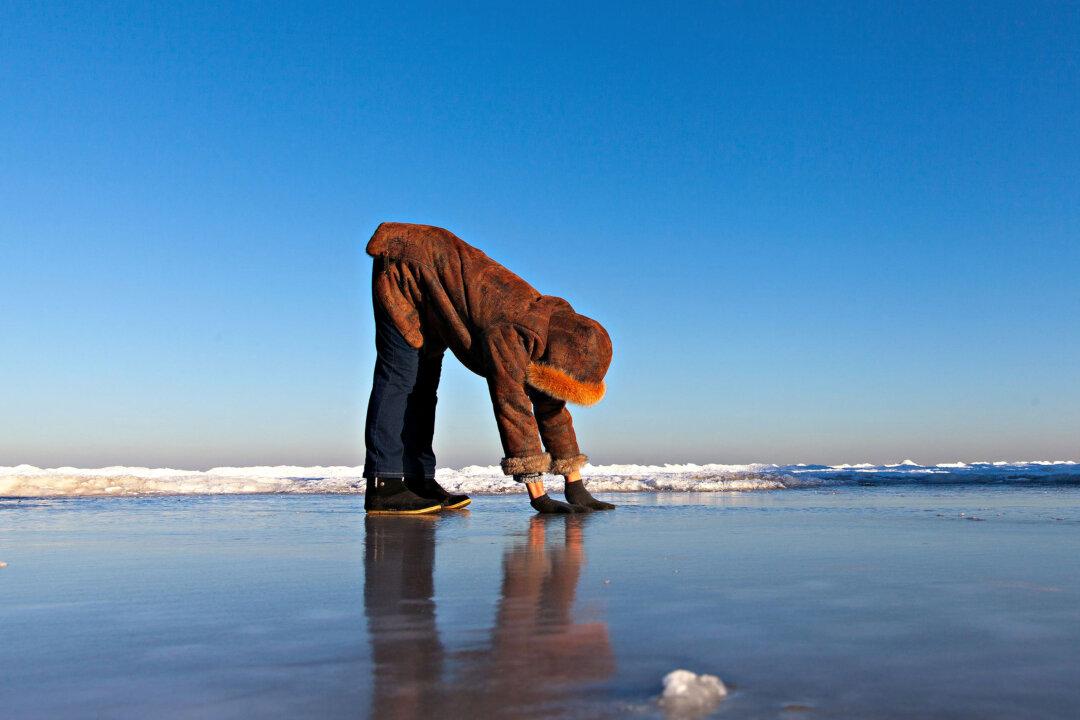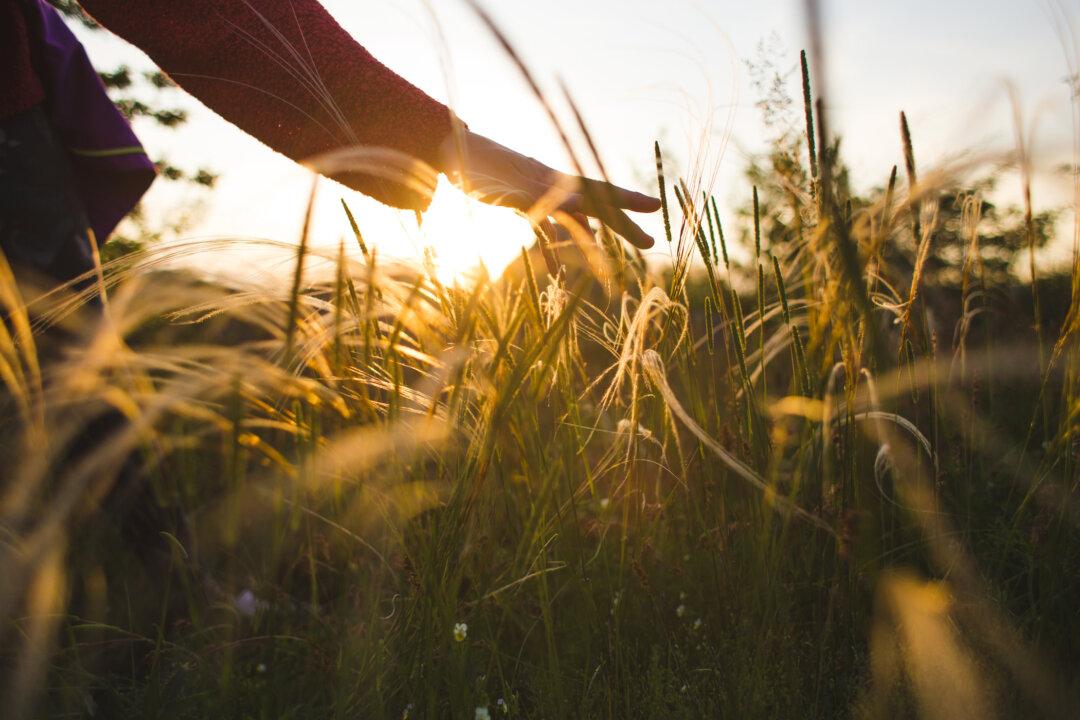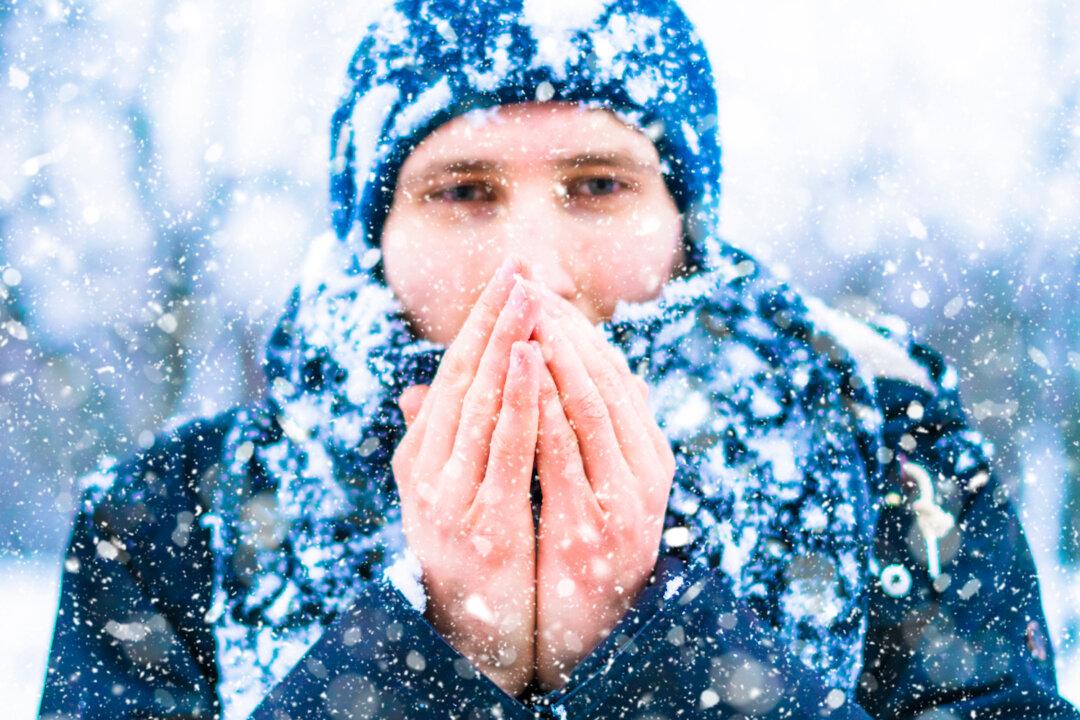A recent study published in the British Journal of Sports Medicine gives an eye-opening insight into balance and health.
Researchers asked participants between the ages of 51 and 75 to balance on one leg for 10 seconds with their head up and arms to their sides.





